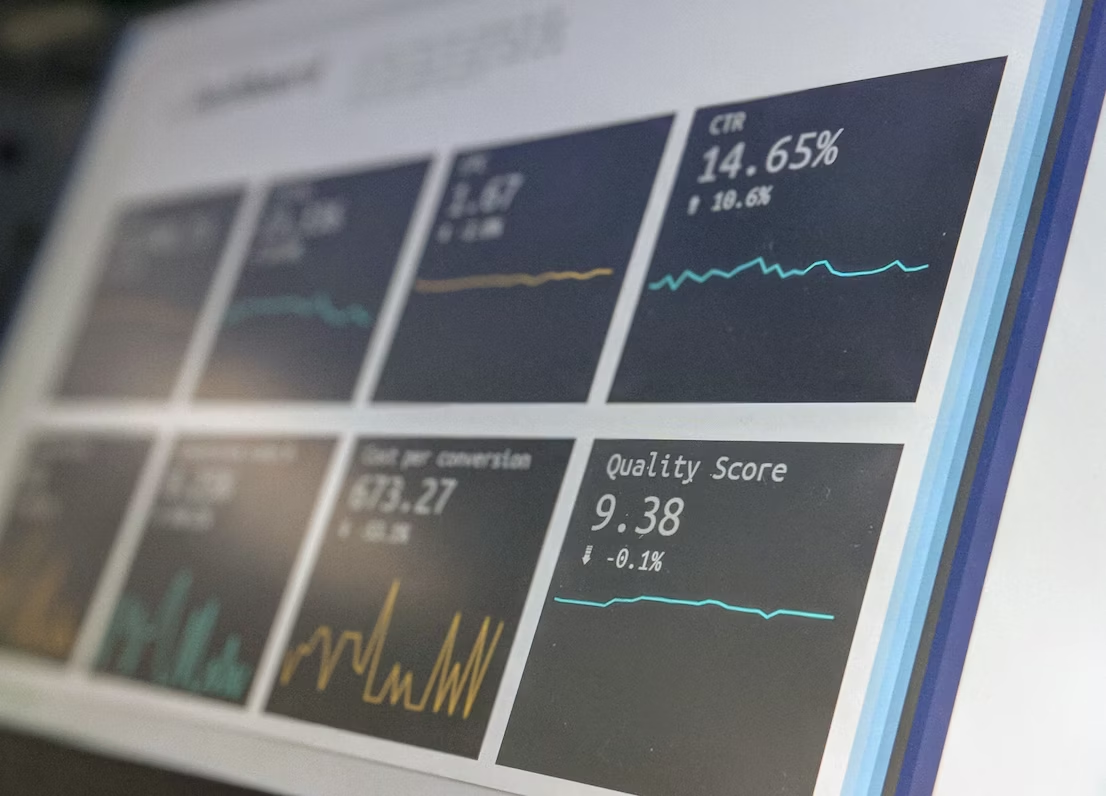For theatre directors and producers, ensuring accessibility for all patrons is not just a legal obligation, but a moral imperative. While there are various ways to make live performances accessible to individuals who are hard of hearing or deaf, captioning services have emerged as a popular and effective solution. In this blog post, we will explore the cost of providing captioning services for a theatre and discuss how you can make this necessary investment without breaking the bank.
Understanding the Importance of Captioning Services:
Before delving into the financial aspect, it's crucial to comprehend the significance of captioning services in creating an inclusive and enjoyable experience for all theatre-goers. By providing open captions or subtitling, individuals who rely on written text for understanding spoken dialogue can fully engage with the performance. Captioning services not only benefit the hard of hearing and deaf community but also cater to people with different language backgrounds or those who simply prefer reading along.
Factors Impacting the Cost:
The cost of captioning services can vary depending on several factors. Here are a few key aspects to consider:
- Type of Captioning: The two main types of captioning methods for theatre are open captions and theatre captions. Open captions involve displaying subtitles on a screen visible to all audience members, while theatre captions use individual devices to provide captions to individual patrons. Open captions tend to be more cost-effective, as they do not require additional equipment or staff.
- Duration ofthe Performance: The length of the performance can affect the cost of captioning services. Generally, longer performances may require more time and effort for captioning, resulting in higher costs.
- Level of Accuracy: The level of accuracy required for the captions can impact the cost. Automated captioning services, although more cost-effective, may not always provide the same level of accuracy as manual captioning. If a high level of accuracy is crucial for the performance, manual captioning services may be necessary, which can increase the cost.
- Additional Services: Some captioning service providers may offer additional services, such as on-site technical support or post-production editing. These additional services can add to the overall cost, but they may also increase the quality and accuracy of the captions.
Ways to Minimize Costs:
While captioning services are an essential investment, there are ways to minimize costs without compromising accessibility. Here are a few strategies to consider:
- Plan Ahead: By incorporating captioning services into the initial planning stages of a production, directors and producers can estimate the costs and budget accordingly. Planning ahead allows for a more efficient use of resources and reduces the risk of unexpected expenses.
- Research Multiple Providers: It's essential to research and compare multiple captioning service providers to find the most cost-effective option for your specific needs. Look for providers who offer competitive pricing without sacrificing quality.
- Utilize Technology: Explore the use of automated captioning tools or software, which can be more cost-effectivethan manual captioning services. While automated captioning may not provide the same level of accuracy as manual captioning, it can still be a viable option for certain performances.
- Streamline the Captioning Process: Find ways to streamline the captioning process to reduce the time and effort required. This could involve providing clear and accurate scripts to the captioning service provider, utilizing efficient communication channels, and establishing a smooth workflow.
- Seek Funding and Support: Look for funding opportunities or grants that specifically support accessibility initiatives in the arts. There may be organizations or foundations that can provide financial support for captioning services.
- Collaborate with Other Theatres: Consider collaborating with other theatres or organizations to share the costs of captioning services. By pooling resources, you can potentially reduce individual costs while still providing accessibility for your patrons.
Conclusion:
Captioning services play a vital role in making theatre accessible to individuals who are hard of hearing or deaf. While there are costs involved in implementing these services, it is possible to minimize expenses without compromising accessibility. By planning ahead, researching providers, utilizing technology, streamlining processes, seeking funding, and collaborating with others, theatrical directors and producers can make captioning more affordable and inclusive for all audience members.









